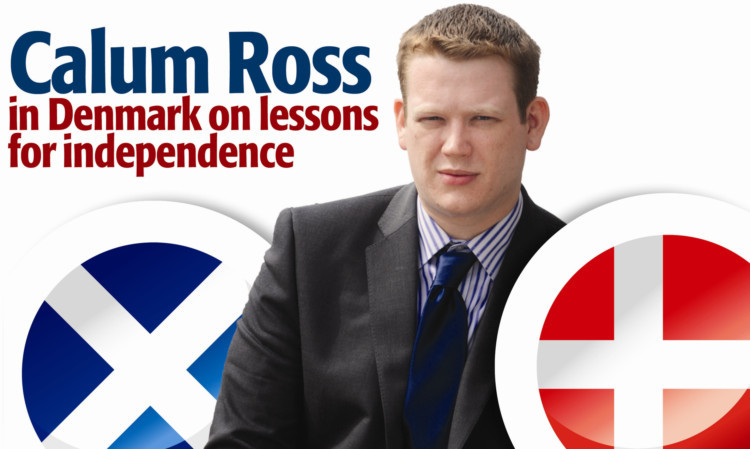The country that the SNP is using as a model for an independent Scottish military could “definitely not” defend itself.
The frank admission of Denmark’s capabilities was made to The Courier by a senior Danish MP and two military analysts with extensive service records.
But they said being an active Nato member ensured the state’s protection, and questioned: “Who on earth would attack Scotland?”
The SNP has analysed Denmark’s military and proposed a £2.5 billion defence budget for an independent Scotland, about the same as the Scandinavian state.
Major Rune Hoffmann from the Royal Danish Army described the former Viking homeland as having a “warrior” culture, having been a front line in the Cold War, and playing significant roles in military interventions in the Balkans, Afghanistan, Iraq and Libya.
But asked if it could defend itself without the support of allies, he said: “Definitely not in a conventional war.”
Flemming Pradhan-Blach, who served with the Royal Danish Air Force in Bosnia, Afghanistan and Iraq and works as an analyst alongside Major Hoffmann at Copenhagen University’s centre of military studies, said: “But that is not the idea that’s why we are in Nato.
“The alliance is what makes us feel more safe, because you know you have these mutual benefits from being in Nato. We won’t be able to at all, but it’s not necessary. We don’t see it as necessary.”
Major Hoffmann, who served in Croatia and Kosovo, said: “Of course that means as well that we also have to do our part in Nato.”
John Dyrby Paulsen, foreign and defence spokesman for the ruling Social Democrats in Denmark, agreed the country could not defend itself.
“The official answer is ‘yes’, but the real answer is definitely ‘no’,” he said. “But yes, we are in an alliance that means something, we have a sort of defence capability within that alliance that would be sufficient for whatever we might use it for.”
Asked if £2.5 billion would be enough to set up a new armed forces, after a division of assets, Major Hoffmann said: “We are here, we are participating in international missions, so it (the budget) must be sufficient. I think we are pretty effective.”
Calum Ross has been reporting from Denmark throughout this week, interviewing a series of government ministers, senior politicians and leading academics, to find out what potential opportunities and pitfalls the Danish model could offer Scotland. See the final part of his investigation in Friday’s Courier.
